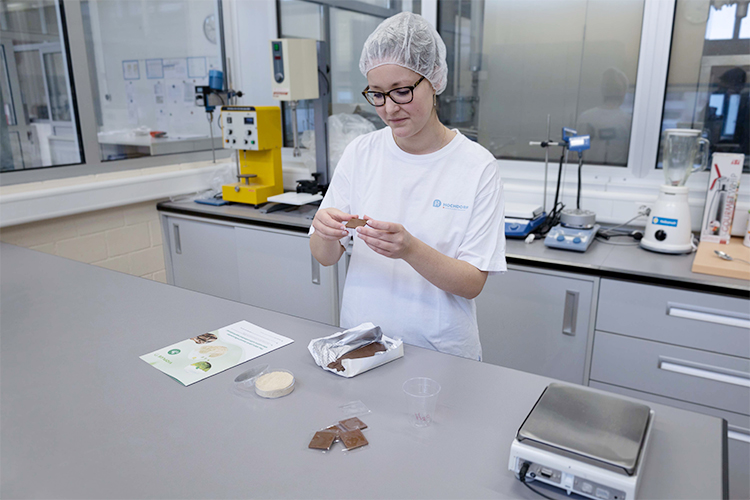 There hasn’t been a tremendous focus on vitamin D in recent years. However, some new studies have appeared recently that underline the importance of vitamin D for our health.
There hasn’t been a tremendous focus on vitamin D in recent years. However, some new studies have appeared recently that underline the importance of vitamin D for our health.
VITAMIN D – IN THE LIMELIGHT AGAIN
Latest research indicates that vitamin D is not only important in the development and protection of bones and teeth – it can also have a role to play in preventing certain types of cancer and other chronic diseases.
Health experts now even go as far as to recommend the re-introduction of additional vitamin D supplements for certain risk groups. This includes infants that are nourished by breastfeeding alone, as breast milk often lacks sufficient vitamin D.
A new study from Switzerland* is making waves. It reveals that, even in the summertime, 90% of Swiss GP patients have too little vitamin D in their system to provide the ideal protection against fractures and injuries from falls.
Vitamin D is formed in the skin with the help of UV solar radiation. Because these rays can cause cancer the best protection is to apply a good sun protector. Unfortunately sun creams with a protection factor greater than 8 considerably reduce the natural vitamin D formation. The Swiss Federal Office of Public Health (FOPH) therefore speaks in terms of a balancing act between ensuring that the skin is not exposed to too much sun whilst avoiding a deficiency in vitamin D**.
The research team, comprising four general practitioners, received the College of Primary Care Medicine research prize for 2013 for its work. For more information on this award-winning research study, see: www.khm-kongress.ch/khm2013/presse.
The WHO is still undecided about the precise ideal daily dosage of vitamin D and has yet to make any internationally-applicable recommendations. These therefore vary from country to country.
*Christoph Merlo, Constance Ross, Michael Trummler, Andreas Zeller. Prävalenz und Symptomatik des Vitamin-D-Mangels in der Hausartzpraxis (Prevalence and symptoms of vitamin D deficiency in primary care medicine.) College of Primary Care Medicine research price for primary care medicine 2013, College of Primary Care Medicine.
**Federal Office of Public Health (FOPH) Vitamin D und Sonnenstrahlung (Vitamin D and solar radiation). www.bag.admin.ch/uv_strahlung/









Leave a comment